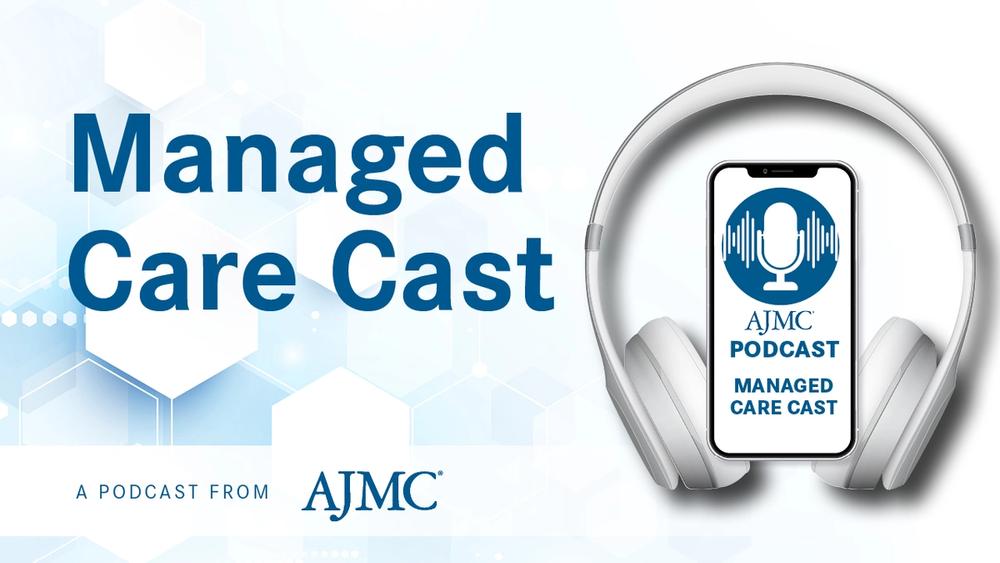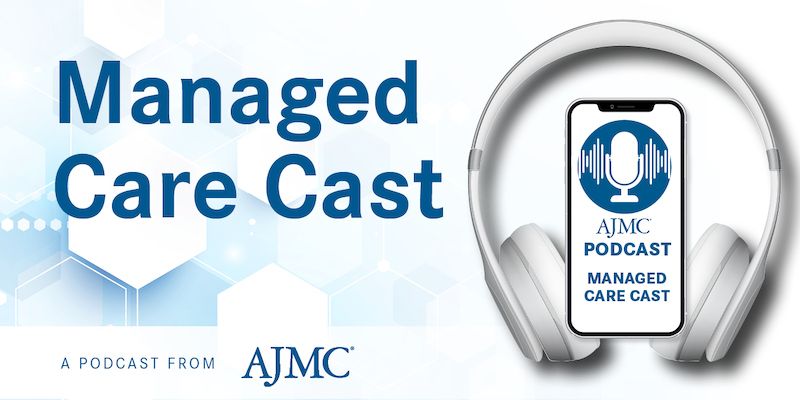Article
Age-Related Eye Disease: Opportunities for Managed Care Pharmacy
Managed care pharmacists can help optimize outcomes in patients with age-related eye disease by addressing concerns regarding affordability of therapy, instructing patients on proper eye drop instillation, and evaluating the effects of different therapies. Ophthalmologists and optometrists should take part in managed care formulary discussions to help achieve optimal patient care.
Managed care pharmacists can help optimize outcomes in patients with age-related eye disease by addressing concerns regarding affordability of therapy, instructing patients on proper eye drop instillation, and evaluating the effects of different therapies. Ophthalmologists and optometrists should take part in managed care formulary discussions to help achieve optimal patient care.
A satellite symposium that focused on the latest management strategies and managed care pharmacy considerations for patients with various age-related eye conditions was recently presented at the Academy of Managed Care Pharmacy 2012 Educational Conference.
The live meeting, “Managed Care and the Aging Eye: Pharmacy Implications for Improving Treatment and Quality of Life,” was designed to enhance managed care pharmacists’ understanding of the latest treatment trends for eye conditions such as dry eye syndrome, glaucoma, and retinal disease.
Michelle Hessen, OD, instructor of ophthalmology at the Wilmer Eye Institute, Johns Hopkins Hospital, presented an overview of conditions related to the aging eye. She emphasized the importance of conducting targeted patient screening, explained the steps leading up to diagnosis, and discussed the factors affecting the decision to begin treatment in certain populations. Among the disease states, Dr Hessen concentrated on ocular manifestations of diabetes mellitus, proliferative and nonproliferative diabetic retinopathy, macular edema, retinal vein occlusion, dry eye syndrome, Meibomian gland disease, age-related macular degeneration, and cataracts. A specialist in dry eye syndrome, Dr Hessen dedicated a portion of her presentation to the various treatments available to treat this condition, including lubricants, topical corticosteroids, cyclosporine A, punctal occlusion, and autologous serum tears.
The dry eye treatment of particular interest was the emerging use of therapeutic bandage soft contact lenses made of silicone hydrogel materials. These extended wear contact lenses can assist with ocular surface repair by protecting the cornea from the mechanical friction of eyelids and exposure to external irritants. In addition, the use of PROSE (prosthetic replacement of the ocular surface ecosystem) to reduce dryness symptoms, which involves the use of a tear reservoir for constant lubrication of the corneal surface, was also discussed in great detail and illustrated by examples of case studies.
Sheldon J. Rich, RPh, PhD, adjunct clinical assistant professor at the University of Michigan and Wayne State University and president of SJR Associates, LLC, was also on hand to share his expertise regarding the costs associated with the use of ophthalmic medications.
Ophthalmic drugs are not as easy to manufacture as solid dosing forms, so achieving generic equivalence is more difficult. Besides active ingredient equivalence, Dr Rich explained, drug makers must take into consideration particle size and the properties of suspension and thickening agents, inert ingredients, preservatives, different vehicles, pH adjusters and buffers, and antioxidants in their formulations. Variations in absorption can occur because of tissue integrity, lipophilicity, and chemical characteristics. Bottle differences and “squeezeability” of these bottles can impact dosage size, and variable bottle overfill may cause a patient to require a refill of a product before a health plan will cover it.
Dr Rich noted that the managed care element of assuring optimal ophthalmic care must be considered. Although ophthalmic agents are not among the top drug classes in terms of expenditures, they still have a high cost per patient, and many branded ophthalmic products cost more than $100 per bottle. Dr Rich believes that to successfully manage these products, ophthalmic drug formularies should “open up” more, and there should be different formulary considerations for acute/short-term use agents and long-term use agents. According to Dr Rich, ophthalmologists and optometrists should also be included in the discussion, to achieve optimal patient care.

The Importance of Examining and Preventing Atrial Fibrillation

The Importance of Examining and Preventing Atrial Fibrillation
2 Commerce Drive
Suite 100
Cranbury, NJ 08512
© 2025 MJH Life Sciences® and AJMC®.
All rights reserved.




